#LUGO
Explore tagged Tumblr posts
Photo
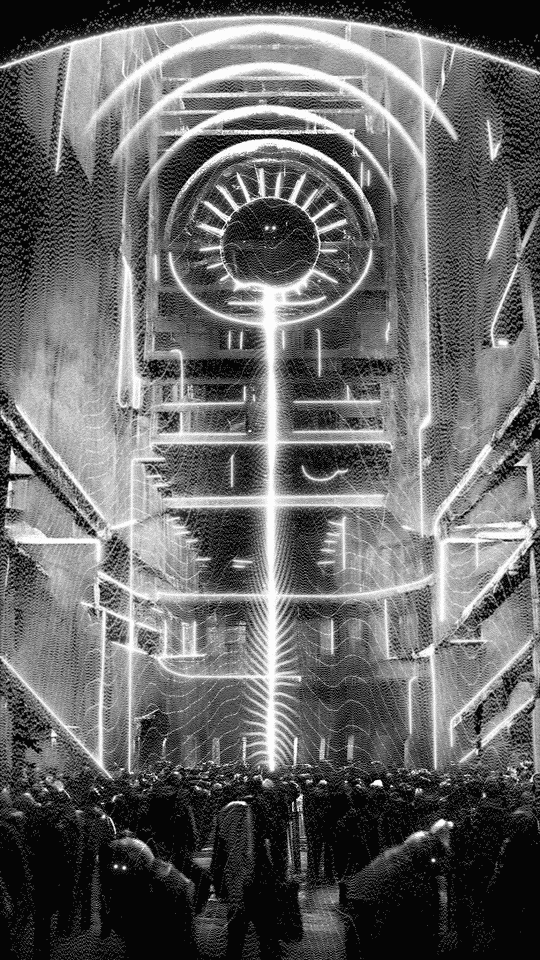


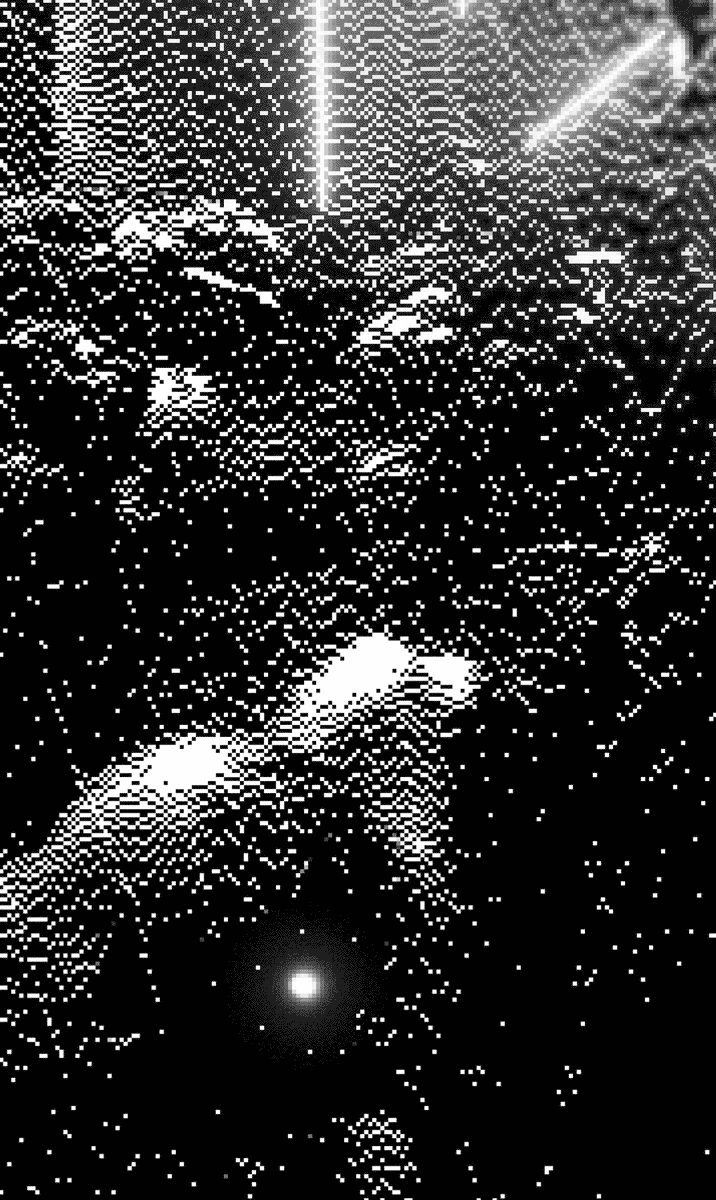

Algo
In the past, in the sky, gods.
Later in the earth, temples.
Now in the sky again, the cloud.
Jails are made of light.
Algorithms ‘light’ the path.
Promptography - Photo/Video edition
Piece created for 'Panopticon' exhibition, Lugo, Galicia, Spain. November 2023.
Watch it at Objtk.
(Check previous post to see a video/teaser and a quick making of.)
347 notes
·
View notes
Text


Ephemeral as a cherry blossom.
318 notes
·
View notes
Text





Spartacus: War of the Damned | Enemies of Rome
432 notes
·
View notes
Text



#spartacus#vengeance#tv#series#nasir#lugo#agron#fighting#my gifs#540px#10mb#The Scrounged#Everyone is bitchy in this episode#but old sparty cheers them#with drink and contest#nagron
143 notes
·
View notes
Text






Sets 3 & 4 of trading cards (Set 4 is available here!)
98 notes
·
View notes
Text
Os dejo este vídeo, que ya tiene un tiempo, de cuando recorría tierras galaicas.
También os dejo un texto donde explica el origen y el porqué de ese “túnel” en el río.
Los romanos llegaron a Galicia y se quedaron sobre todo por ser fuente de abundante materia prima mineral y natural. Para su localización, se recorría cada rincón de la región y para la extracción del mineral se recurría a cualquier método que facilitara su explotación. En tierras de Quiroga, el Sil discurre caprichosamente formando grandes meandros y grandes valles, para así salvar la dureza de estas rocas. En uno de ellos, justo 1 km antes de que las aguas del Bibei se mezclen con las del Sil, existe un meandro que su curva describe un bucle de casi 2,5 km.
Sin embargo, las aguas del río daban esta vuelta para poder salvar una dura pared rocosa, que separaba la otra esquina del meandro en tan solo en 140 metros. Los romanos sabían que el Sil arrastraba oro, y para ello decidieron secar el meandro. ¿Y cómo? Decidieron «furar» (horadar) el monte para poder desviar el río. Así, los 2,5 km del meandro se secarían y facilitaría enormemente la tarea de la búsqueda y extracción de tan preciado metal. Fue construido en el siglo II, en tiempos del emperador Trajano.
Su construcción original constaba de un túnel de 120 m de largo por 20 m de alto. Desafortunadamente, en el año 1934, una enorme riada tiró gran parte del túnel, dejándolo en sólo 52 m, que es lo que hoy se conserva. Se trató de una de las mayores obras de ingeniería romana de la Península, lo que nos lleva a pensar en su prolífica producción de oro. Se cuenta que miles de hombres buscaban el preciado mineral y llegaban a recoger hasta 20.000 libras de oro anuales que eran enviadas, en su mayoría, a Roma.
#los drones no rebotan#el niño de los drone#yuneeceurope#Yuneec España#monte furado#Quiroga#lugo#galiciaendrone#galicia
34 notes
·
View notes
Text

Barberia, Sarria, Lugo, 2011.
#signs#barber#broken#lugo#galicia#españa#2011#photographers on tumblr#camino francés#camino santiago#urban landscape#sarria
8 notes
·
View notes
Text

Lugo en junio de 2024 - Foto de Gonzalo Obes
7 notes
·
View notes
Text
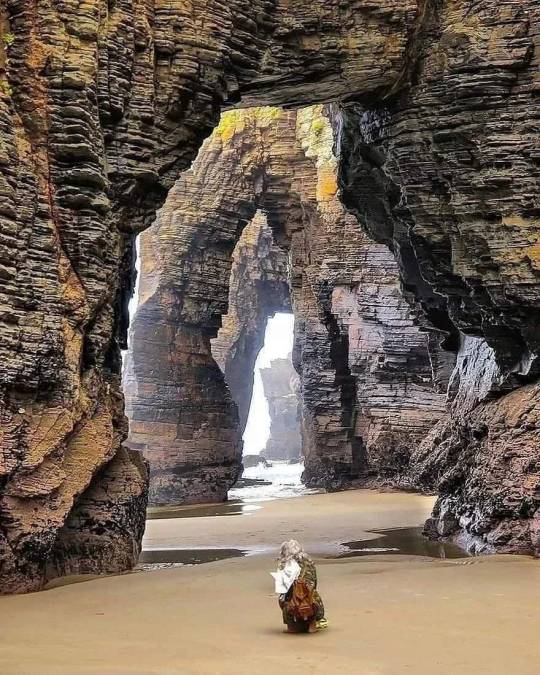
PLAYA DE LAS CATEDRALES - ESPAÑA
#playa de las catedrales#as catedrais beach#praia das catedrais#ribadeo#lugo#cantabria#costa#galicia#españa#spain#europe#europa
168 notes
·
View notes
Text
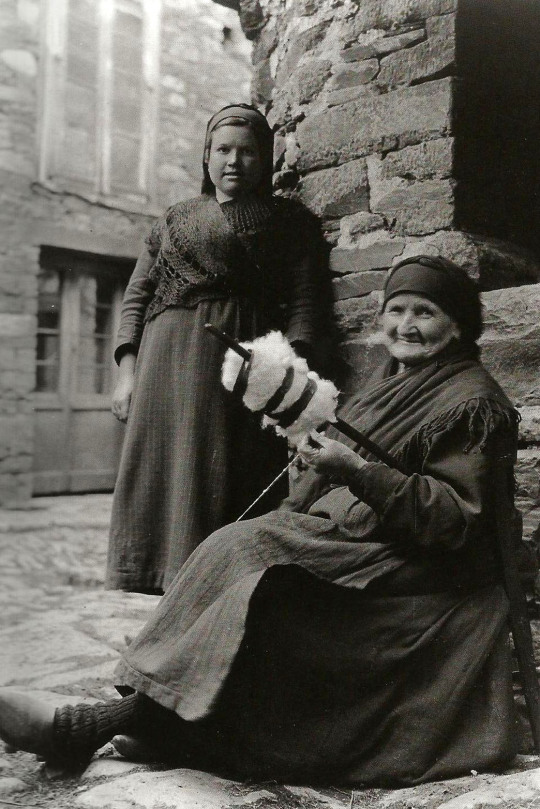
Vella fiandeira. A Fonsagrada. Lugo, Galicia, España. 1925
Foto: Ruth Anderson
26 notes
·
View notes
Text

Paisaje rural en otoño, cerca de Triacastela, Lugo - Paisaxe rural en outono, preto de Triacastela, Lugo, 2001.
#landscape#rural#fields#autumn#lugo#galicia#españa#2001#photographers on tumblr#camino francés#camino santiago
11 notes
·
View notes
Text

Antigo psiquiátrico de Castro de Ribeiras de Lea (Lugo)
7 notes
·
View notes
Text
Fake Screenshot Season 4

Ickis and Slickis His Friend
#nickelodeon#nicktoons#a!rm#ickis#klasky csupo#oblina#krumm#fanart#season 4 aaahhrealmonsters#fake screenshot#au#original character#artists on tumblr#slickis#sublima#skeech#horvak#lugo#aaahh real monsters#aaahh!!! real monsters#ahh real monsters#shipping#90s stuff#90s cartoons#90s#art#digital art#the gromble#gromble
6 notes
·
View notes
Text
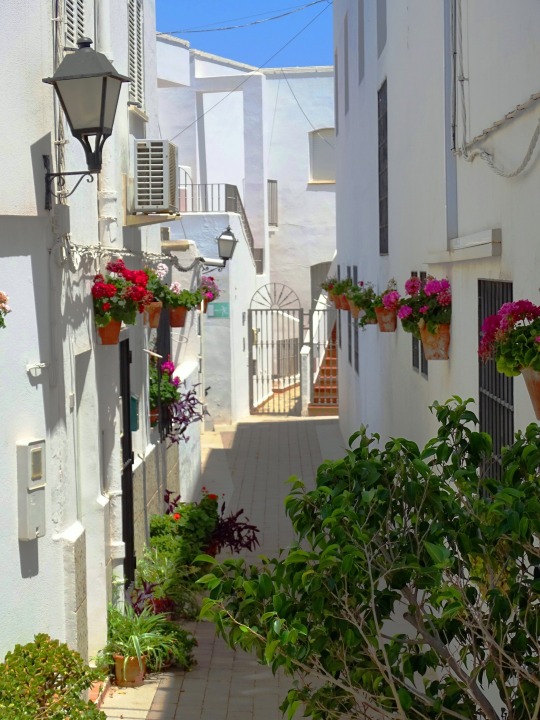
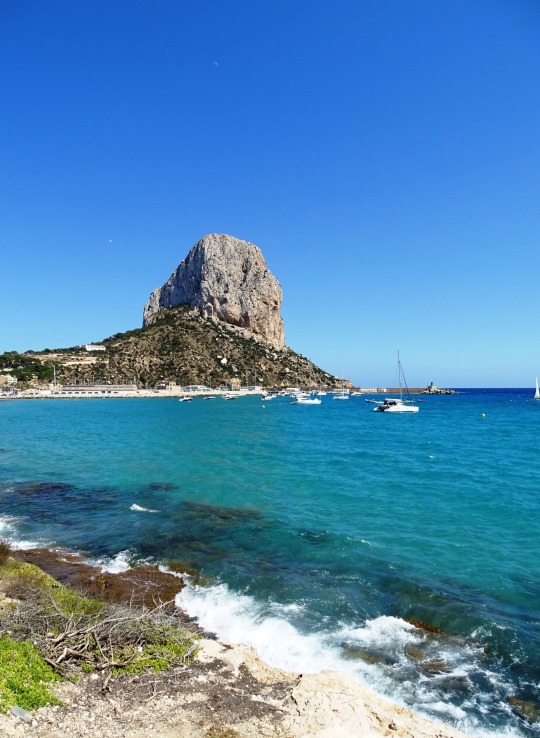
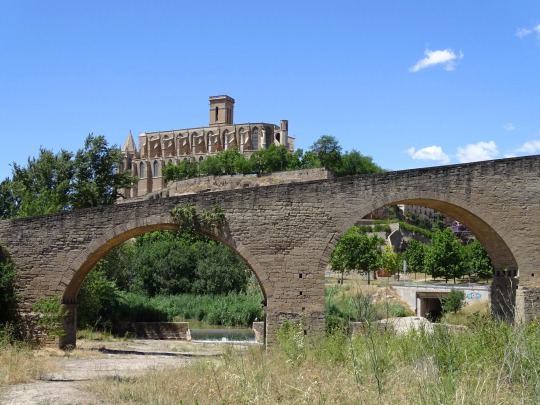

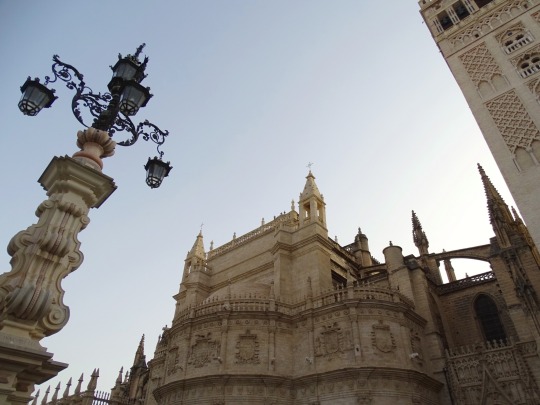
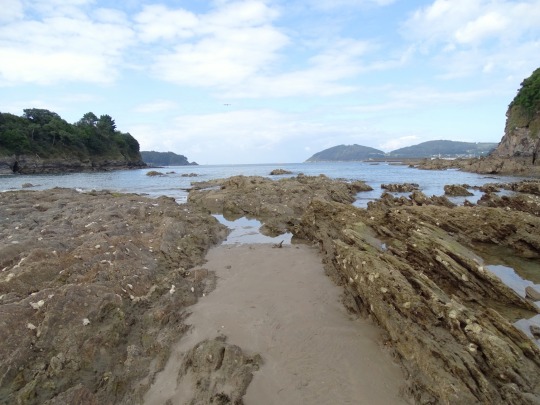
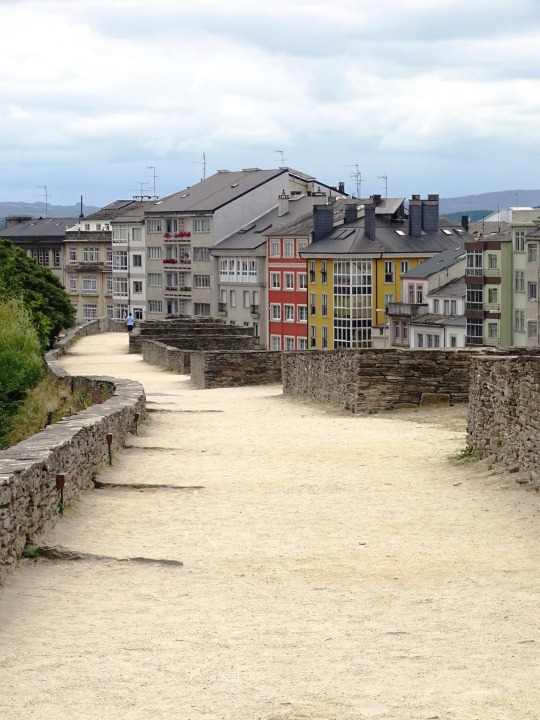
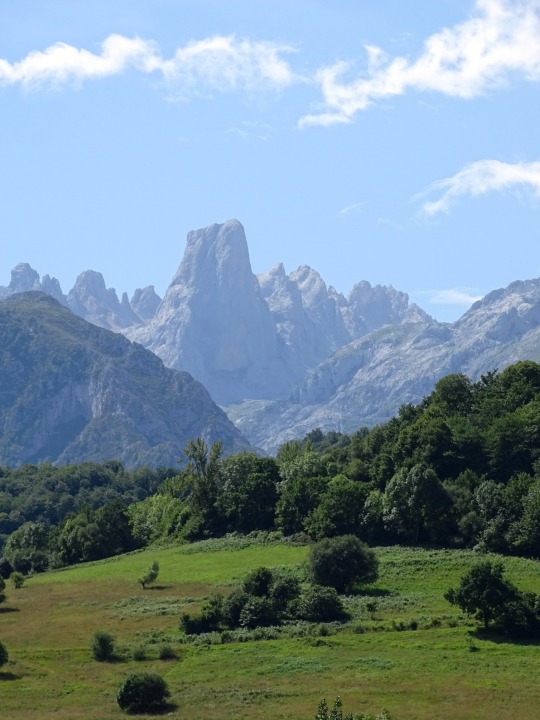
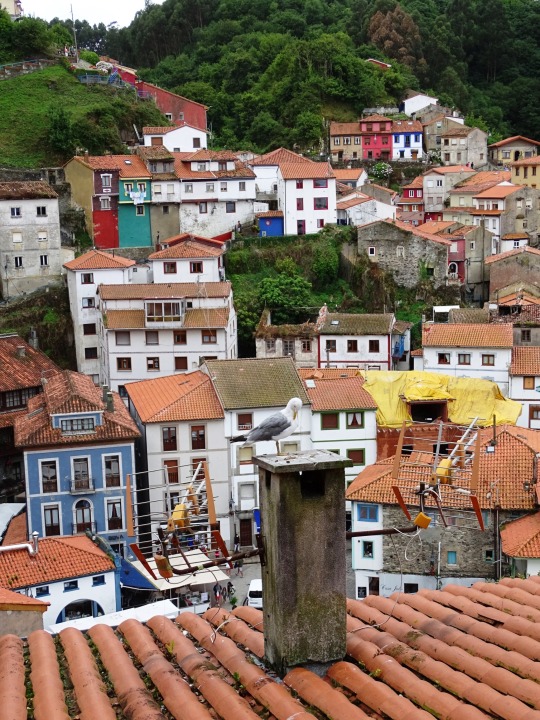

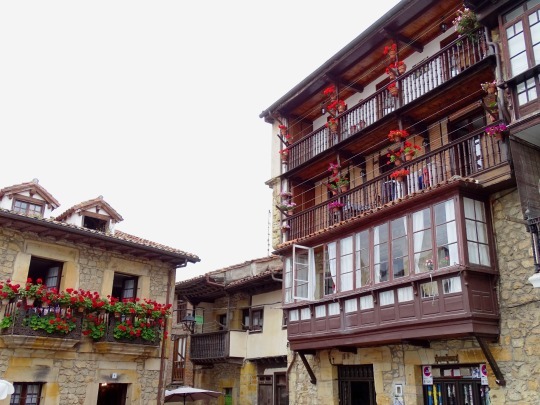
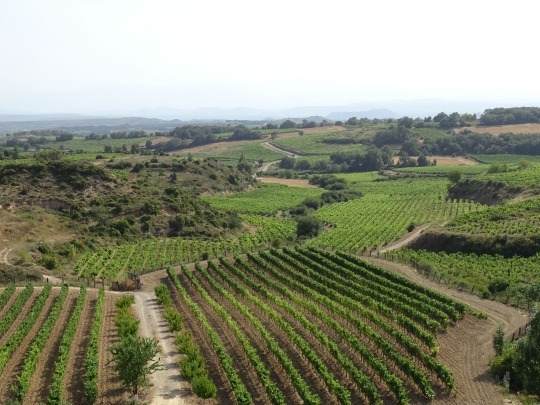
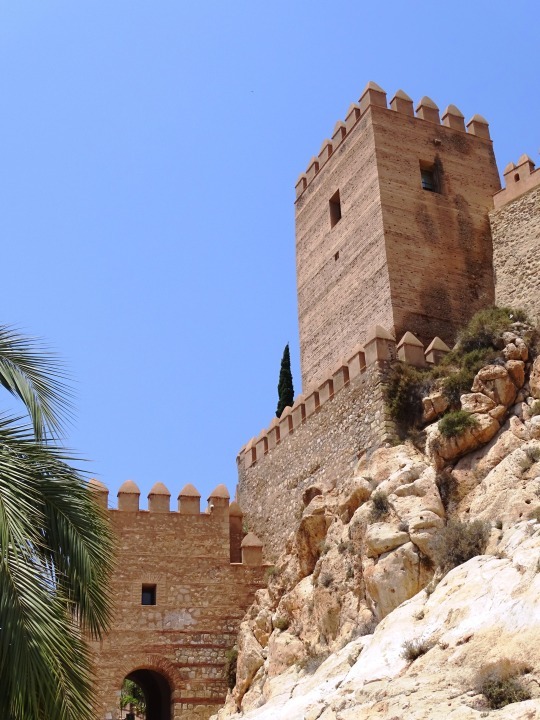
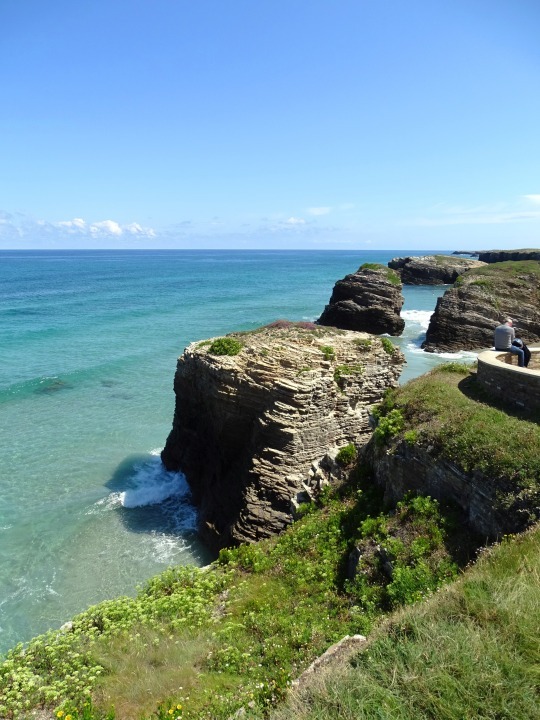
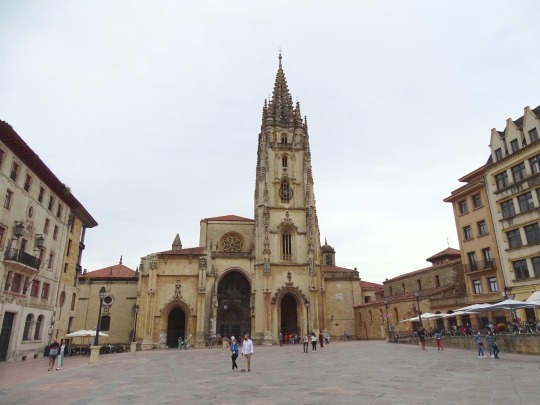
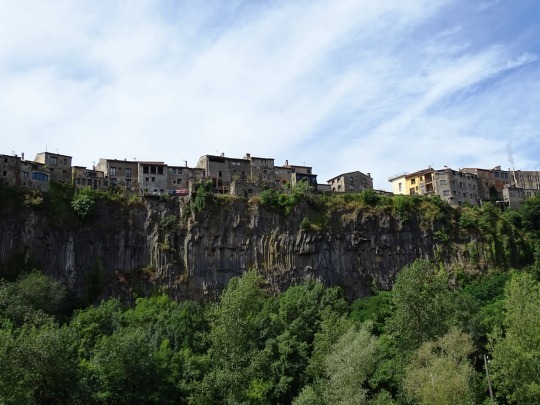
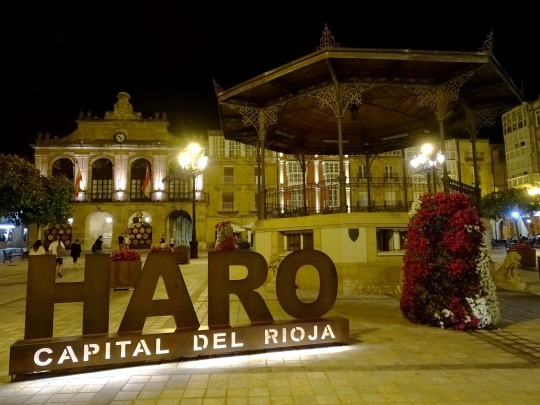
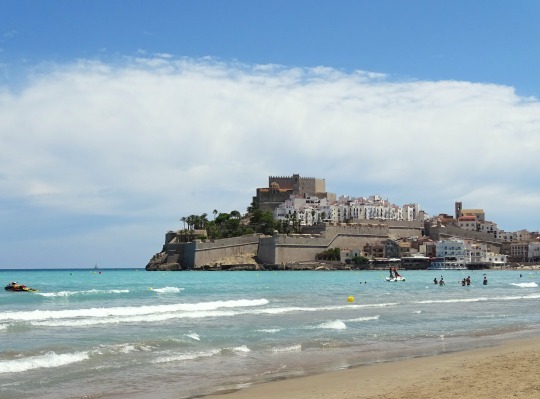
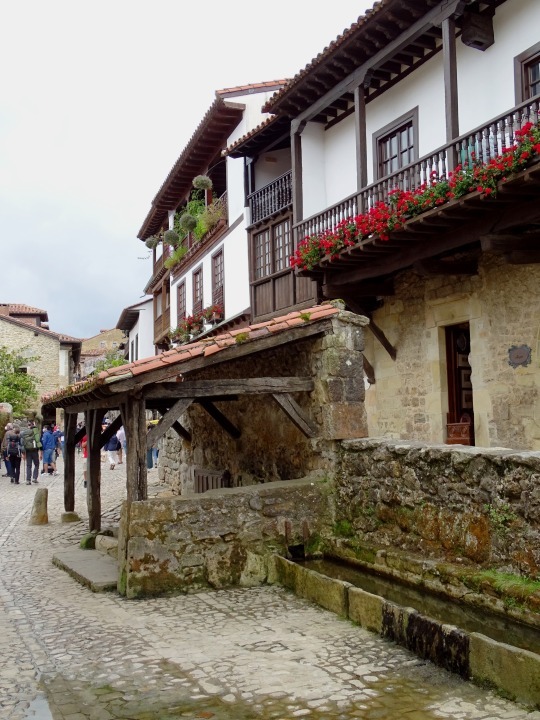
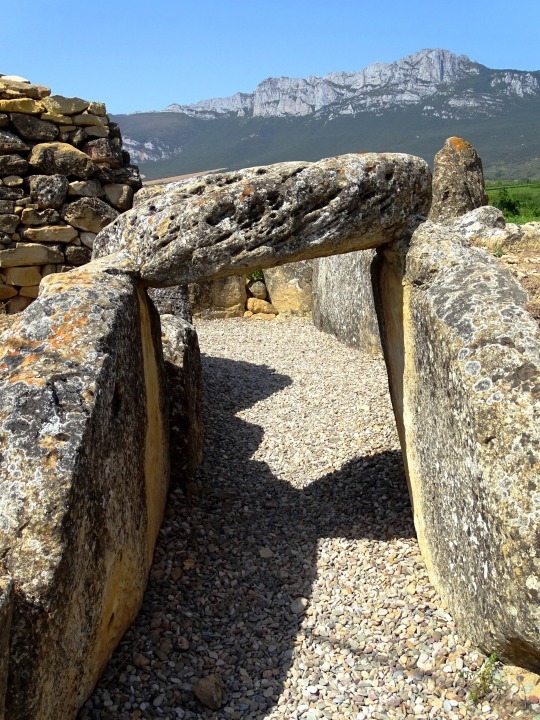
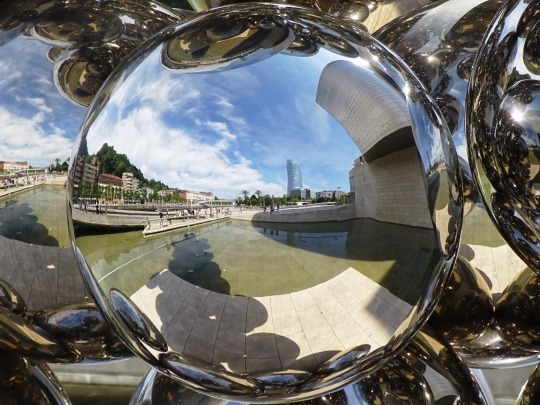
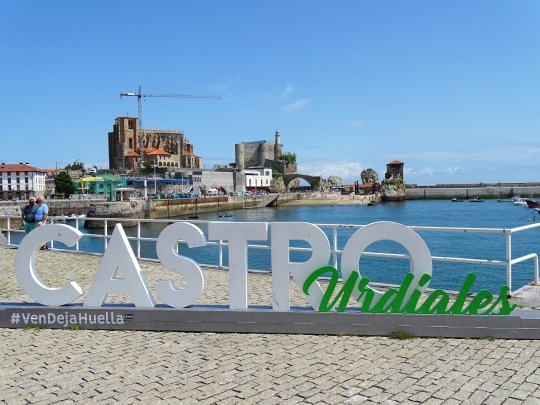

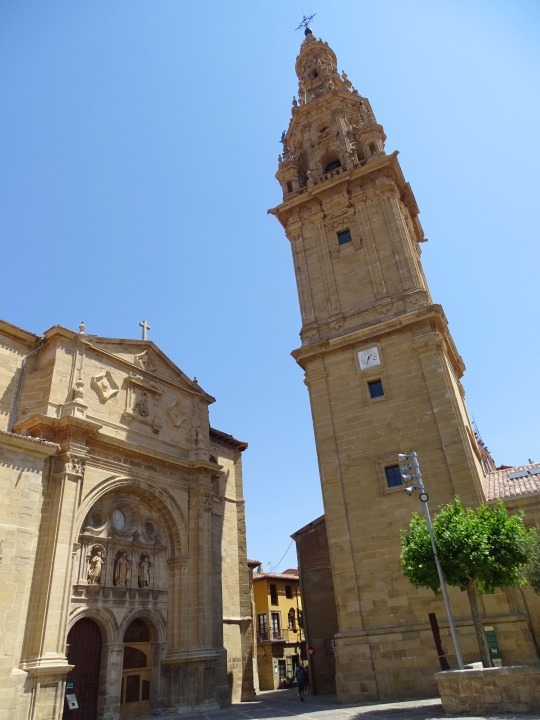
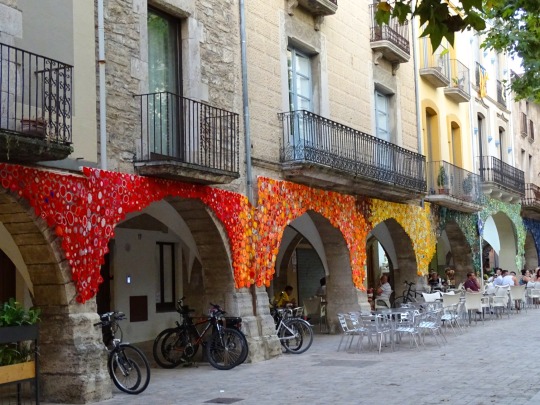


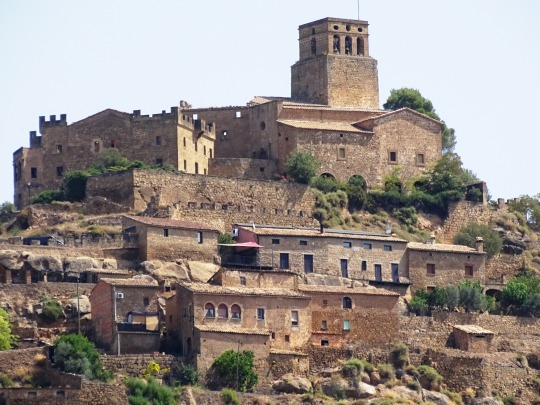

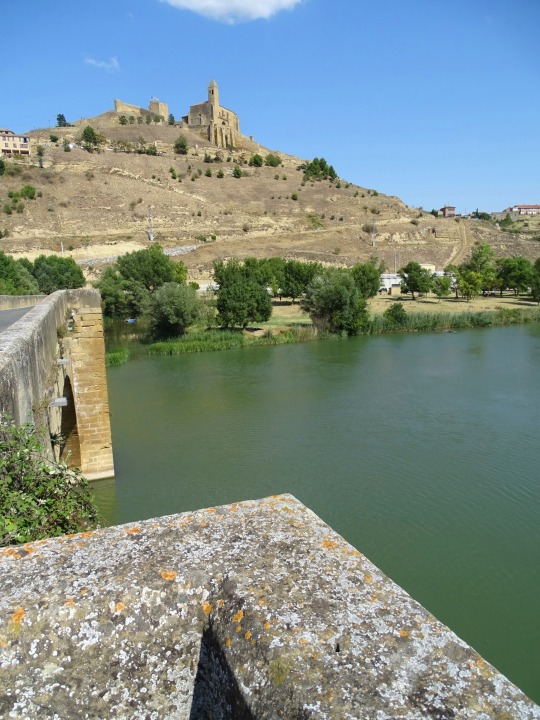
Spain became a democracy after 40 years of fascist dictatorship on December 27, 1978.
#Spain#democracy#27 December 1978#anniversary#Spanish history#architecture#cityscape#landscape#seascape#countryside#original photography#summer 2021#travel#vacation#Peñiscola#Mediterranean Sea#Calpe#Mojácar Pueblo#Almería#Sevilla#Viveiro#Playa de Las Catedrales#Atlantic Ocean#Haro#Picos de Europa#Santillana del Mar#tourist attraction#landmark#Lugo#Oviedo
6 notes
·
View notes
Text
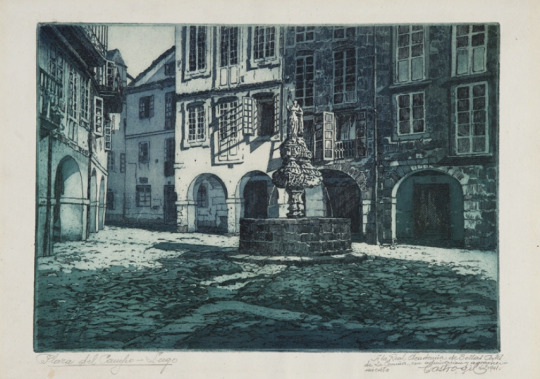
Plaza del Campo, by Manuel Castro Gil (Lugo, 1891-1861).
#manuel castro gil#galician art#urban sketch#lugo#galicia#galiza#spain#eerie aesthetic#eerie#weridcore#dreamcore#monochrome#1800s#19th century#art
8 notes
·
View notes
Text

Catedral de Lugo. Galicia. España
2 notes
·
View notes